Why the Metro-North crash should encourage more people to take the train
Train is still the safest way to go — and greater ridership will make it even safer

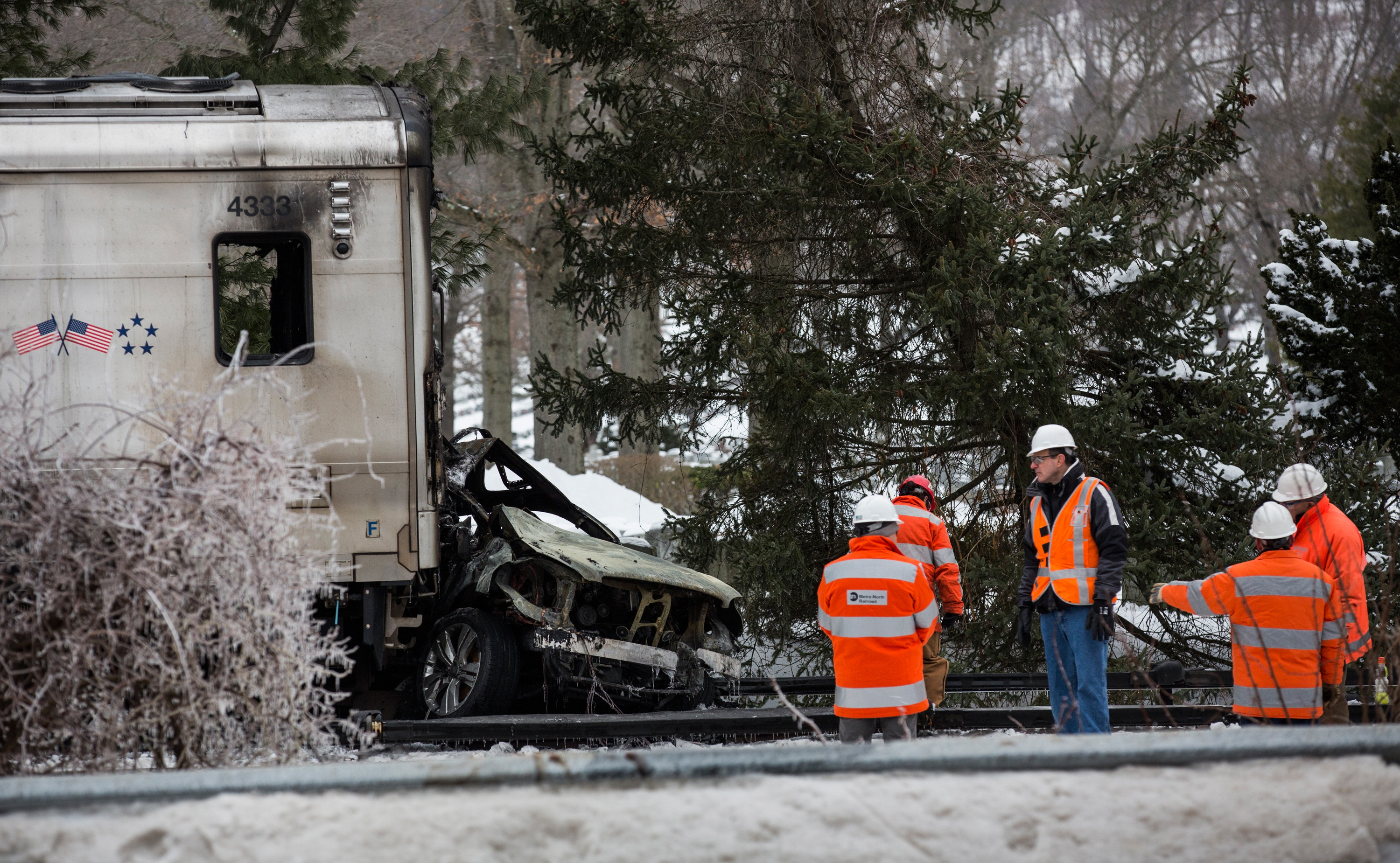
Emergency crews are still clearing the wreckage of Tuesday night's crash near Valhalla, 30 miles north of New York City, in which a Metro-North commuter train hit a car stopped on the tracks at a crossing.
It was the third major incident for the railroad in two years, and the second to end in passenger deaths. While all signs point to error by the motorist as the cause, the crash has already prompted more hand-wringing about the safety practices of the Metro-North, which were criticized by the Federal Railroad Administration last year.
It's true that there are lessons to be drawn from the crash — but not ones that imply we should avoid using passenger trains. If anything, the Valhalla incident shows just how far we've come on train safety, and also what we must do to keep improving.
The Week
Escape your echo chamber. Get the facts behind the news, plus analysis from multiple perspectives.

Sign up for The Week's Free Newsletters
From our morning news briefing to a weekly Good News Newsletter, get the best of The Week delivered directly to your inbox.
From our morning news briefing to a weekly Good News Newsletter, get the best of The Week delivered directly to your inbox.
Keep riding the rails
Amid the hundreds of news reports and searing images of the train's burnt-out carcass, it's easy to forget just how ridiculously safe it is to travel by rail in this country.
Over the last 15 years, railroads in the U.S. have averaged fewer than four train accidents for every million miles traveled, and the total incident rate has declined 34 percent. Just 55 passengers were killed in that time, compared to the 60 or so automobile drivers and passengers who die in car crashes every day.
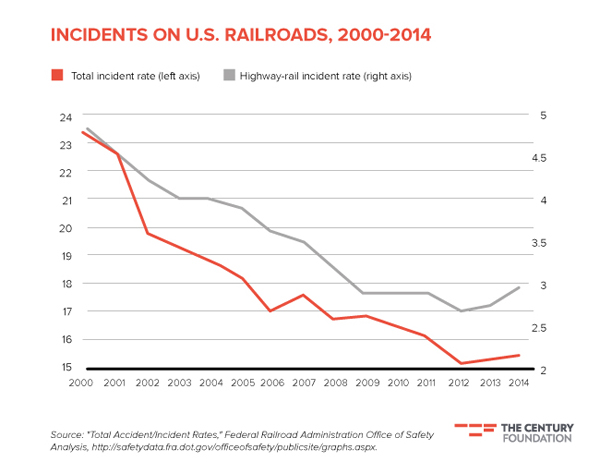
The reality is that you are much safer taking the most accident-prone train in the U.S. than getting behind the wheel of the safest car. Yet politicians, eager to appear tough on bureaucratic transit agencies, rarely mention this fact.
A free daily email with the biggest news stories of the day – and the best features from TheWeek.com
Instead, they play up the importance of the crash, stoking the worst fears of passengers. Sen. Richard Blumenthal (D-Conn.) — no train-safety connoisseur himself — told reporters on Wednesday that the crash "undermines...confidence in the railroad," and a Connecticut state senator said that he would ask the Metro-North "some serious questions."
If elected officials really wanted to do constituents a favor, they should take every opportunity to remind us just how safe train travel is.
It has the benefit of not only being the truth, but could actually save lives if more people switch to trains.
Failing (at-)grade
Even though trains are already quite safe, the details of the Valhalla crash point to one way we can make them even safer: getting rid of the "at-grade" crossings that put cars in the path of speeding trains in the first place.
This won't happen everywhere, nor should it — it's impractical in most cases to build the tunnels and bridges required to separate trains from cars.
But when it comes to the busiest passenger railroads in the U.S., there remains an absurdly high number of dangerous intersections between train tracks and local roads.
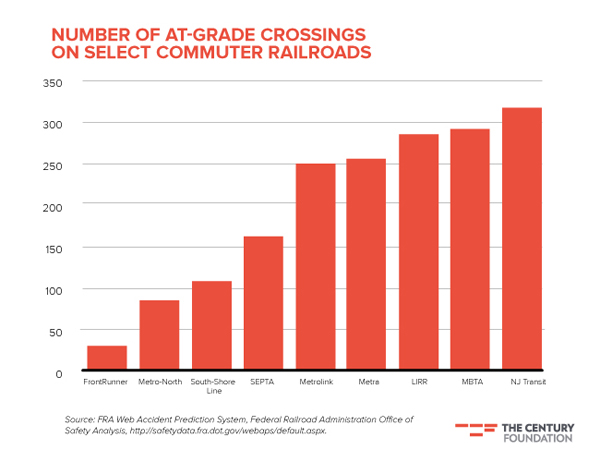
Among the three commuter rail systems in the New York area, for example, there are still nearly 700 at-grade crossings. Many of them are far more dangerous than the one in Valhalla, according to the Federal Railroad Administration's Web Accident Prediction System, which rates the probability of a collision occurring in a given year.
The FRA gave the site of Tuesday's crash a probability of 3.1 percent — or, all things being equal, about one crash every 32 years. (Ironically, the last crash at the intersection was just over 30 years ago.)
But in Elmwood Park, New Jersey, there's a New Jersey Transit crossing with a predicted-collision probability of 49.6 percent — a coin flip, more or less. In total, 31 crossings in the New York area have probabilities above 10 percent, plus another 31 in Chicago.
Reducing the number of at-grade crossings, however, will be expensive and inconvenient, and the federal commitment to addressing the problem is uncertain at best.
The Railway-Highway Crossings Program, which gives money to states to help fix the intersections, was allotted $220 million per year under the last highway bill. But that money ultimately depends on a solvent Highway Trust Fund, which Congress has refused to replenish by raising the gas tax.
Onerous rules
Another long-term solution that could come out of the Valhalla incident is reforming the way the federal government requires railroad cars to be built.
At this early stage of the crash investigation, it remains a mystery how the electrified third rail was apparently able to dislodge and pierce through the body of the front car of the Metro-North train.
This finding, though preliminary, is surprising, given that the Federal Railroad Administration's rules for train design are notoriously strict. (To use one example, the side windows of a commuter train must withstand the impact of a .22 caliber bullet traveling at 650 miles per hour.)
As transportation expert Alon Levy has noted, the rules make it difficult for railroads in the U.S. to buy trains designed for other countries, which drives up the cost for buyers and manufacturers alike.
It is far too early to tell, but if Tuesday's crash proves that current federal requirements are not as good at preventing passenger injuries as previously thought, it might allow for more investment in measures that would actually entice people to ride.
After all, encouraging more people to have a stake in well-run passenger rail is the least we can do in the wake of the tragedy. Not only is it safe — it will incentivize us to make it even safer.
Jacob Anbinder is a policy associate at the Century Foundation, the New York-based think tank. He writes about transportation, infrastructure, and urban affairs.
-
 'Once the best in the Middle East,' Beirut hospital pleads for fuel as it faces shutdown
'Once the best in the Middle East,' Beirut hospital pleads for fuel as it faces shutdownSpeed Read
-
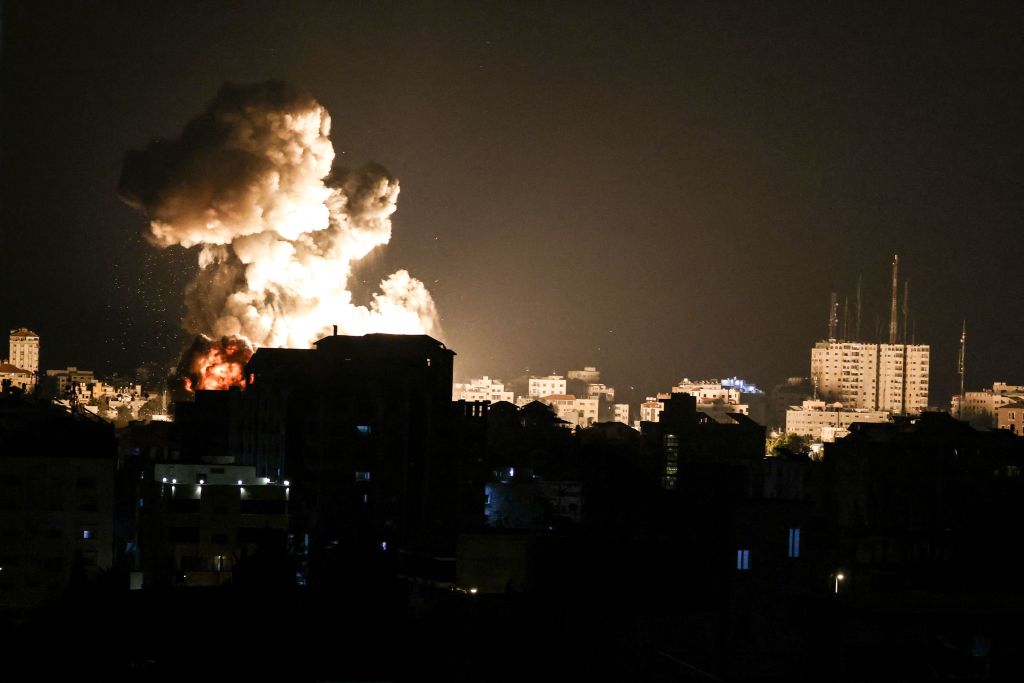 Israeli airstrikes kill senior Hamas figures
Israeli airstrikes kill senior Hamas figuresSpeed Read
-
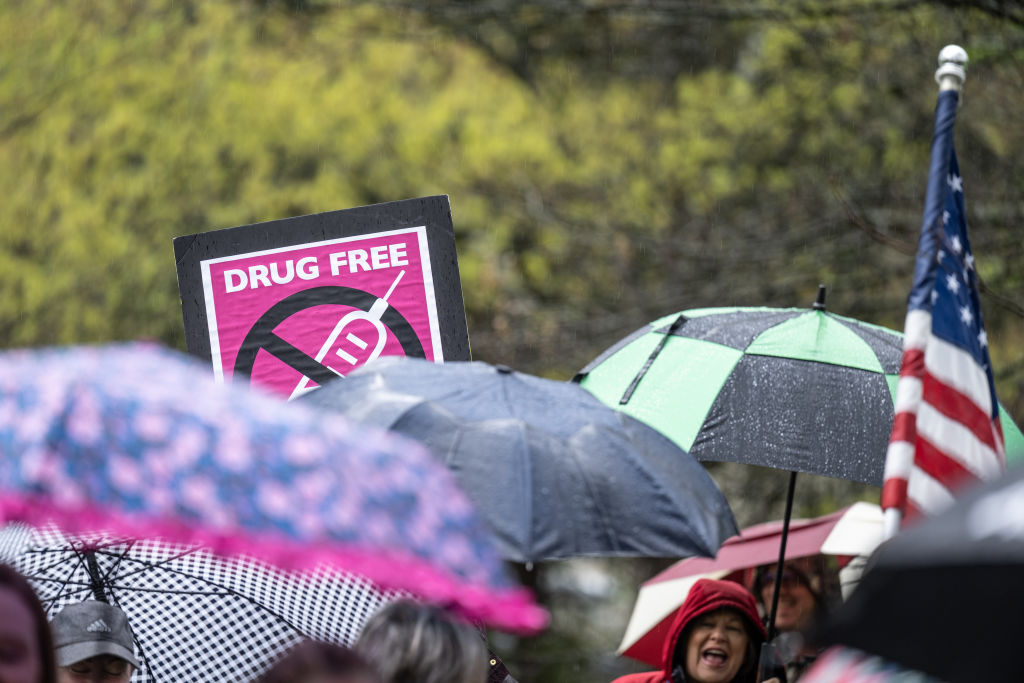 An anti-vax conspiracy theory is apparently making anti-maskers consider masking up, social distancing
An anti-vax conspiracy theory is apparently making anti-maskers consider masking up, social distancingSpeed Read
-
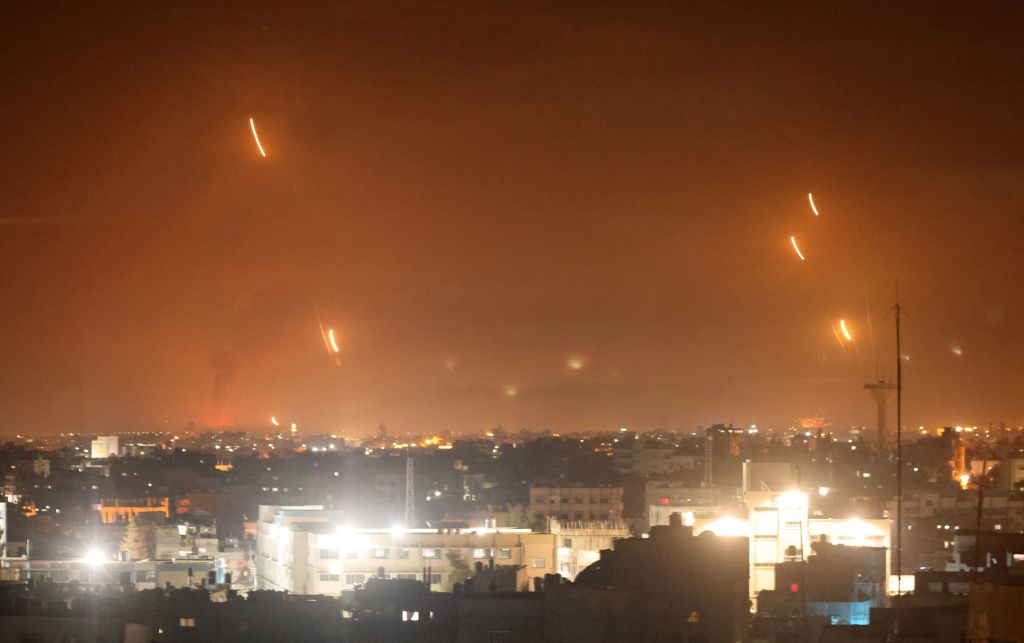 Fighting between Israel and Hamas intensifies, with dozens dead
Fighting between Israel and Hamas intensifies, with dozens deadSpeed Read
-
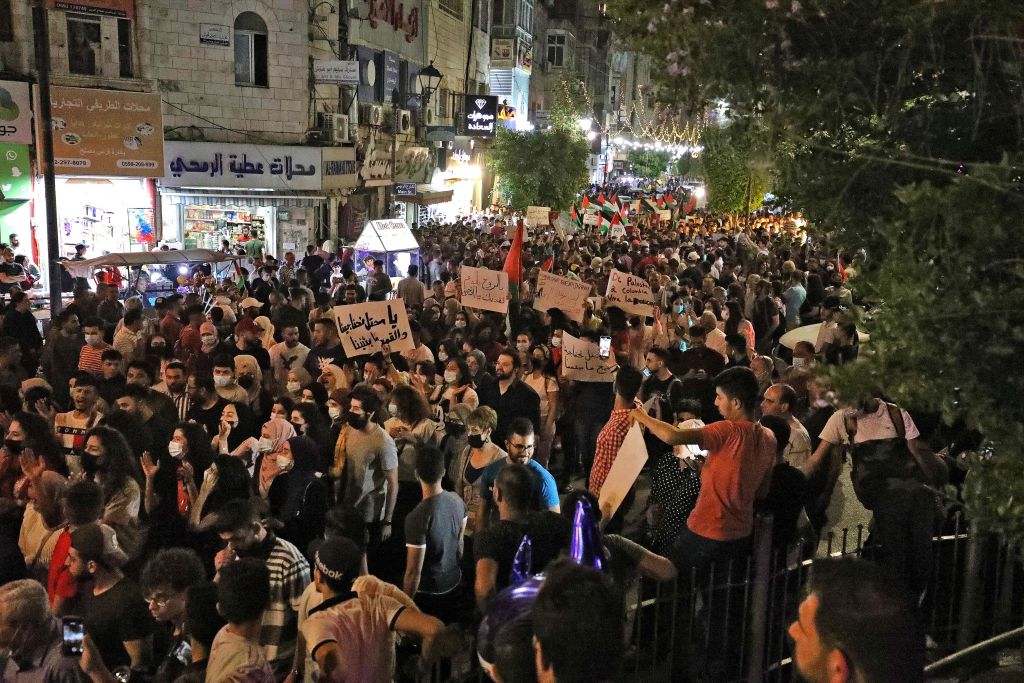 United States shares 'serious concerns' with Israel over planned evictions
United States shares 'serious concerns' with Israel over planned evictionsSpeed Read
-
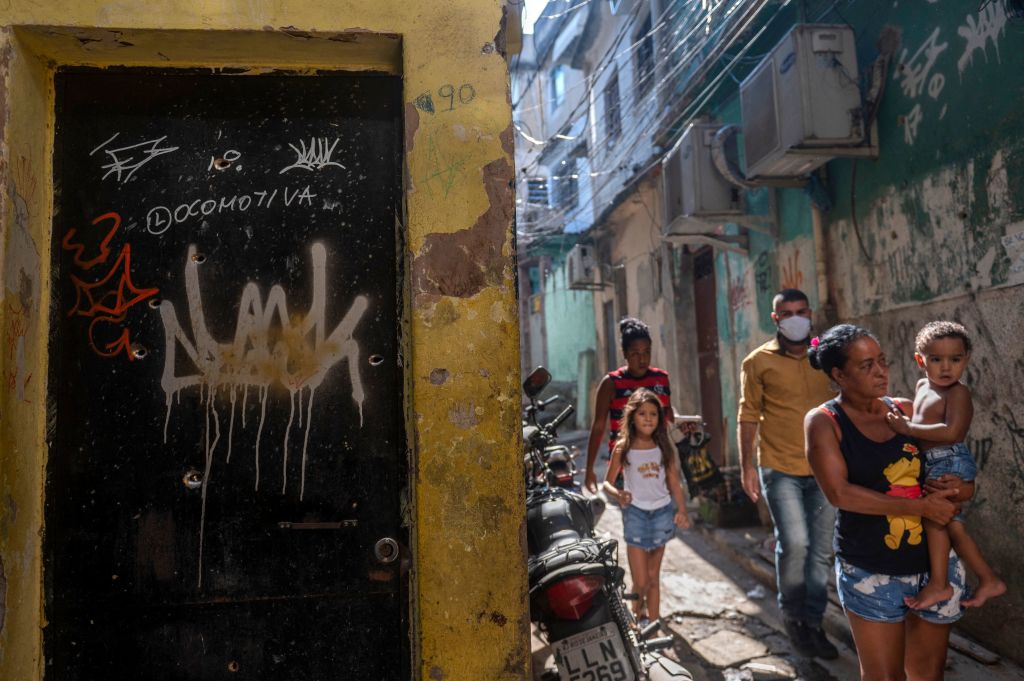 Police raid in Rio de Janeiro favela leaves at least 25 dead
Police raid in Rio de Janeiro favela leaves at least 25 deadSpeed Read
-
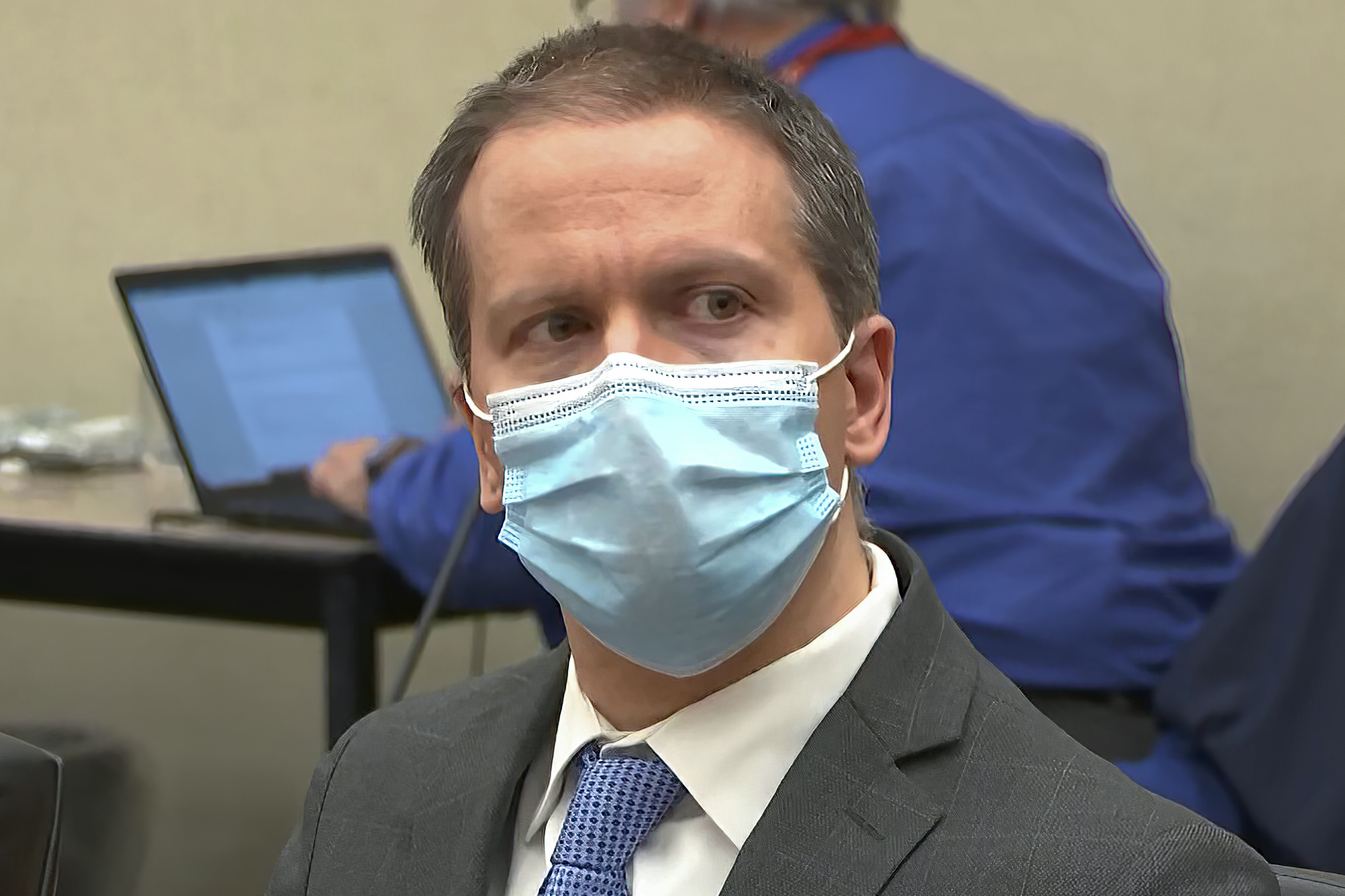 Derek Chauvin's attorney files motion for new trial
Derek Chauvin's attorney files motion for new trialSpeed Read
-
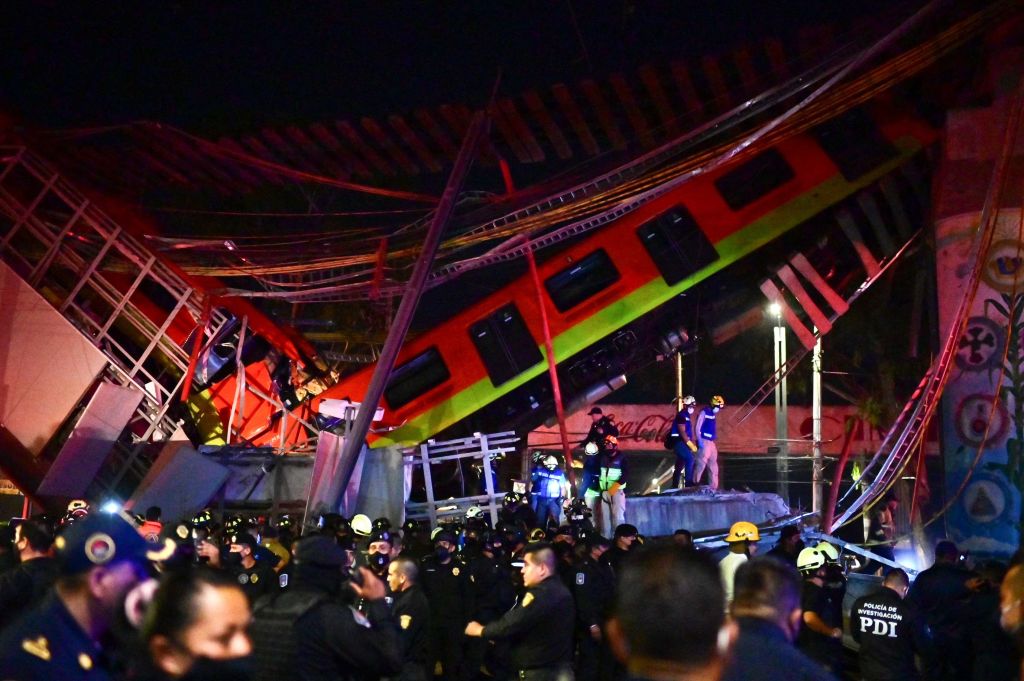 At least 20 dead after Mexico City commuter train splits in overpass collapse
At least 20 dead after Mexico City commuter train splits in overpass collapseSpeed Read



